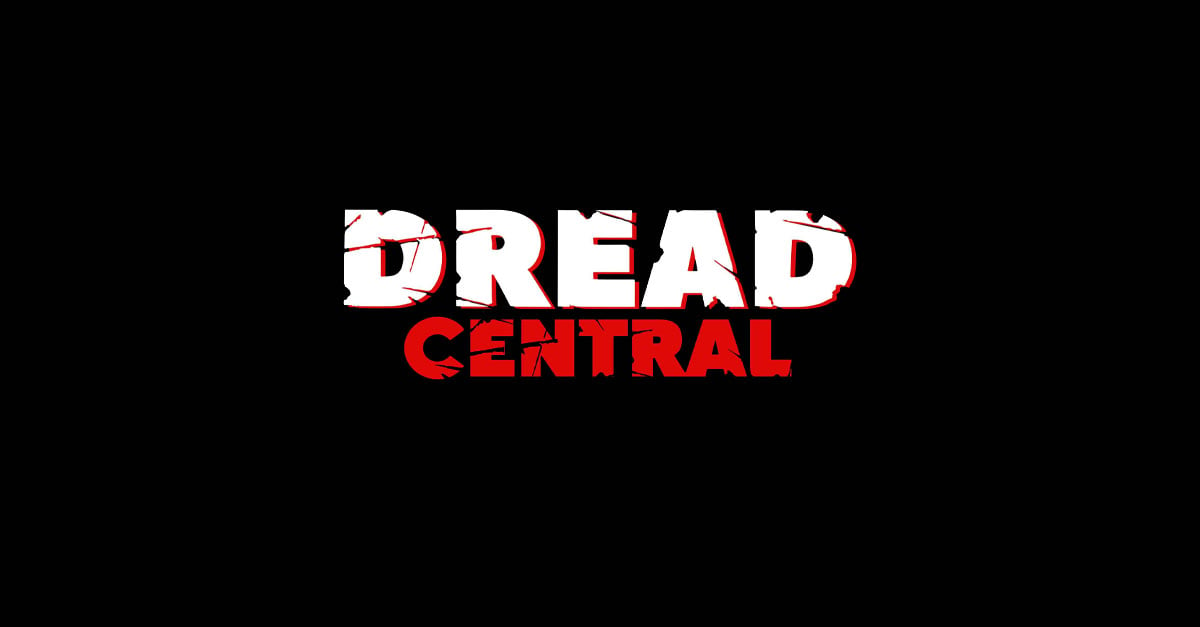Tokyo Ghoul Review: A Beautiful But Flawed Adaptation


Starring Masataka Kubota, Fumika Shimizu, Nobuyuki Suzuki, Hiyori Sakurada, Yû Aoi
Directed by Kentarô Hagiwara
I remember I once had a conversation with a friend about the film Ex Machina (bear with me here, okay?), specifically about the concept of the uncanny valley and who was right versus who was wrong in the movie. Caleb’s relationship with Ava was so wonderfully handled that it made me question the nature of humanity versus organic biology. Could Ava be more human than Nathan? Could Caleb and Ava find love, in some way, shape, or form?
The quick and dirty answer to these questions is no. Absolutely not. Ava is a robot, so human life automatically means more in the grand scheme of things. That’s where Tokyo Ghoul comes in, a film about humans versus monstrous creatures. Can I find it in my heart to empathize with the “protagonists” of the film or must I recognize that I, being a human, must side with humanity? That was the question that kept running through my head while watching this movie.
The story of Kaneki, a student who was almost the victim of a ghoul attack only to, in a weird twist of fate that sees her die during the assault, be the recipient of one of her organs. Thanks to this Frankenstein-esque mashing of bodies, Kaneki is now part ghoul, capable of unleashing his kagune, three blood-red tentacles that appear out of the small of his back, at will and also struggling to come to terms with his need to eat human flesh in order to survive. As he adjusts to living in this new world, thanks to the help of the ghouls who run the Anteiku coffee shop, and the changes that it has on his body, Kaneki realizes that the relationship between ghoul and human are far more dynamic and complex than one-versus-another.
Tokyo Ghoul doesn’t waste time getting into the meat and bones, no pun intended, of the film. The very first scene has Kaneki speaking with Rize, a young woman he goes on a date with not knowing that she’s a ghoul, before we see them embark on their romantic stroll through the park, where the attack occurs. It’s here that we get to see a ghoul in action, which is an intense sight. Stalking and belittling Kaneki, Rize is clearly a vicious creature that delights in her inhumanity. While the scene is exciting, the CGI utilized looks a bit dated, an issue that remains throughout the film.
One of the consequences of the organ transplant, on top of the whole half ghoul/half human thing, is that Kaneki now has visions and hallucinations of himself as Rize, as though she lives on within him. An exciting conceit, it is abandoned entirely with no explanation relatively early in the film. The lack of conclusion there is upsetting because it could’ve added a lot of intrigue to the story as well as explain some strange evolutions that Kaneki goes through in the third act.
Speaking of the third act, Kaneki goes through a Rocky-esque training montage that transforms him from simpleton to badass, although it feels far too fast and the inspiration for this evolution is somewhat fleeting. A tragedy that strikes the Anteiku group is the basis for Kaneki’s want to strengthen himself but his relative new status within that family makes it feel somewhat flat and questionable. Additionally, all his training doesn’t change the fact that we’ve only seen him as somewhat spineless as a human and lacking in control during his ghoul-state. A couple minutes of on-screen training isn’t enough to convince me that he is both in control of his fear and able to utilize his ghoul powers in an effective manner.
All this being said, the film is never dull. There is constantly something going on, be it in character development or scenes where the Commission of Counter Ghoul agents, known by the ghouls as “doves”, are conducting their investigations to try to find and ultimately conduct their exterminations with the kagune of previously dispatched ghouls. It’s a rather gruesome idea and it certainly adds to the idea that the humans in this film aren’t people we should be rooting for.
When the action does occur, the impact is most certainly felt as cars are flipped, rooms destroyed beyond repair, and bridges shattered. Furthermore, there’s no skimping on gore, so those who hope to see some carnage will not be left wanting. I only wish there were more than the small handful of action scenes as watching ghouls do their thing is pretty damn entertaining.
Back to my conundrum brought up at the beginning of this review, I found that I wasn’t really able to relate to either side. While I abhor the actions of the doves, especially those of Mado Kureo, I can’t deny that they are exterminating ghouls who, by and large, are killing and eating humans. Are there “good” ghouls and “bad” humans? Absolutely, which is where my inability to pick a side comes into play. The “doves” are doing what they believe is right to protect humanity while the ghouls are simply trying to survive as best they can in a world that hates them.
Perhaps that’s a discussion that will be held in the next film, should there be one.
-
Film
Categorized: Reviews
